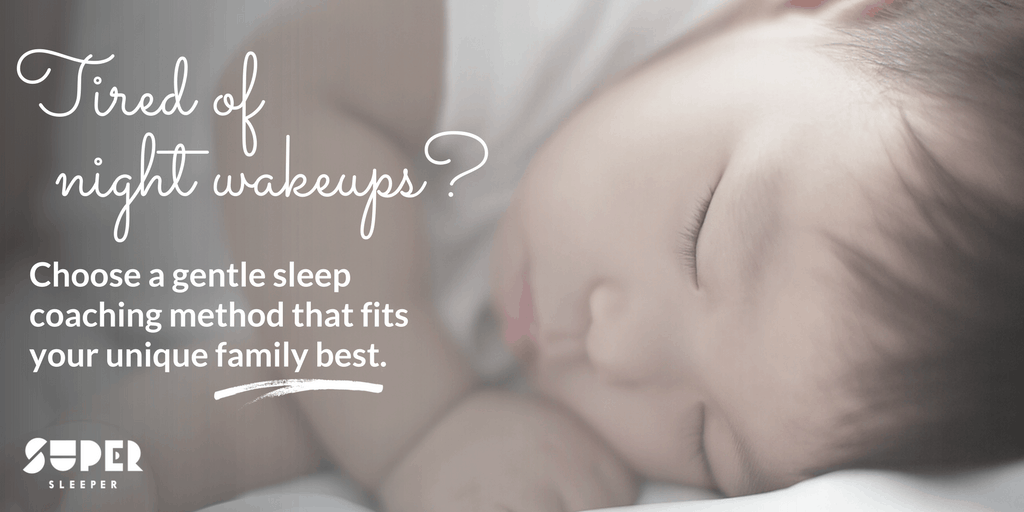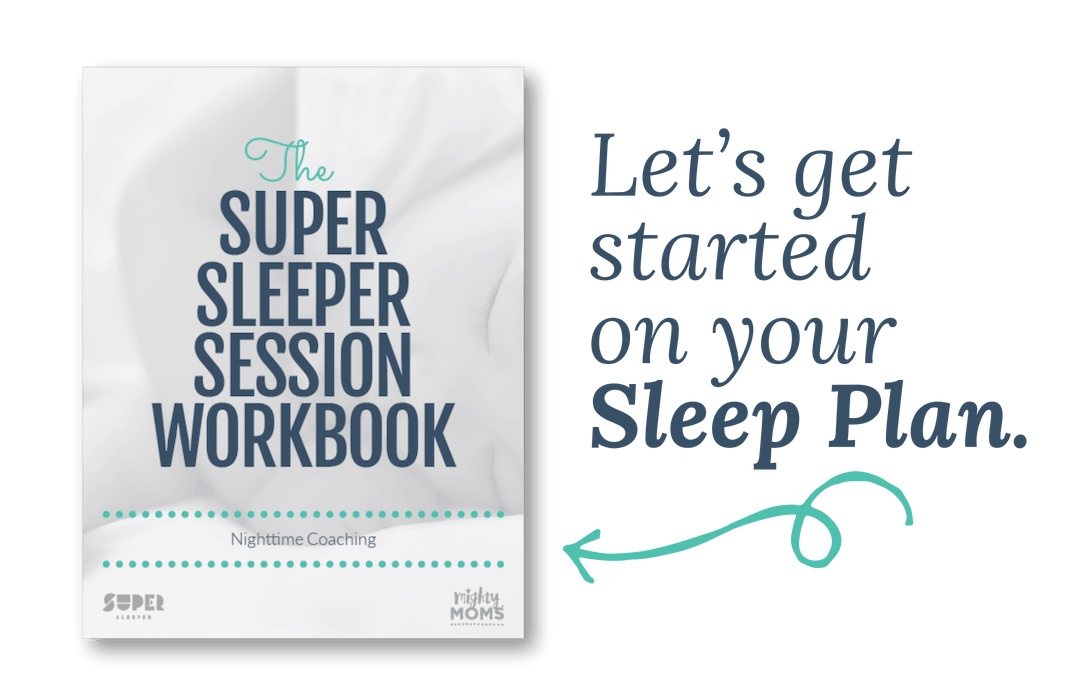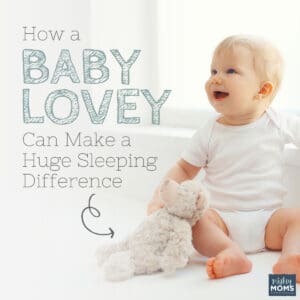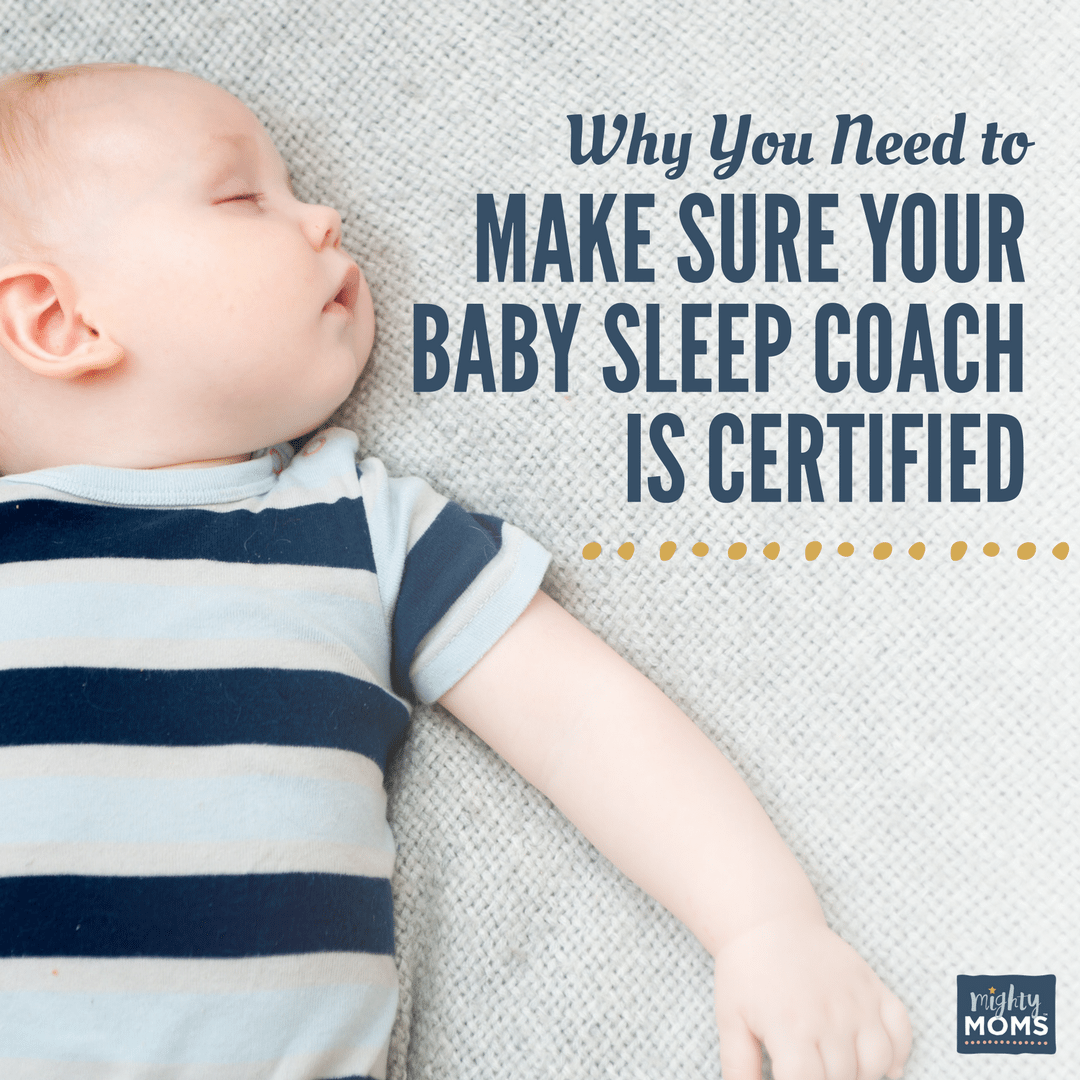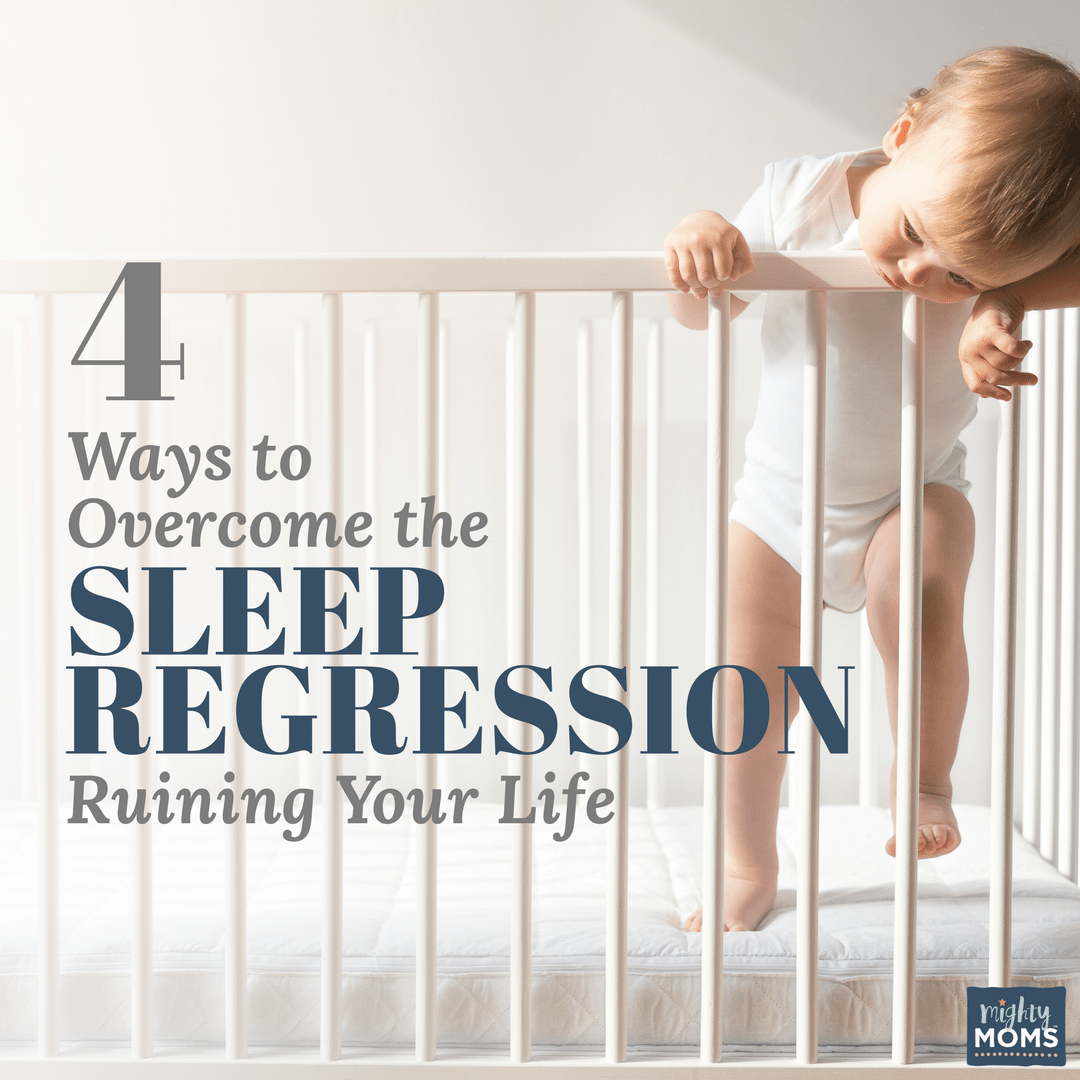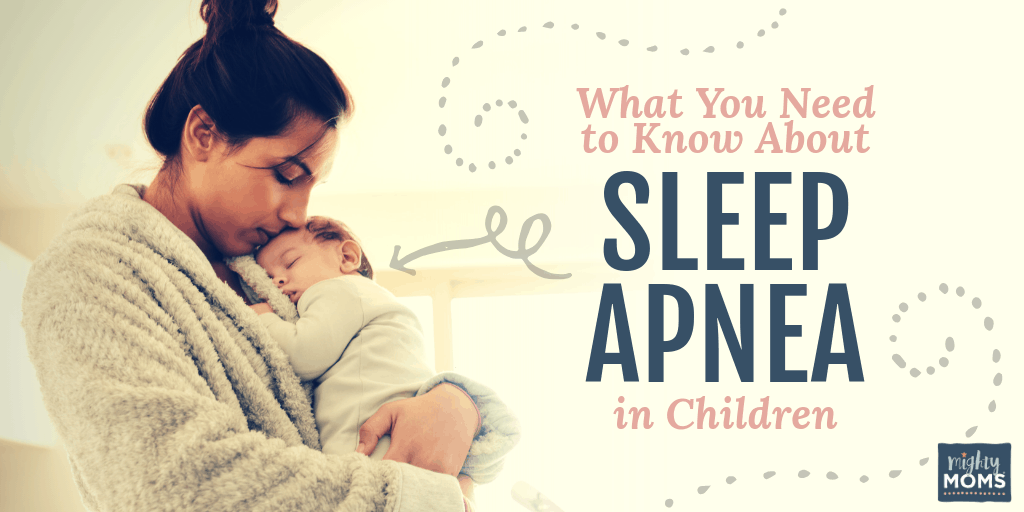
Want to know something kinda freaky? This study says sleep apnea in children is as high as 10% of all children. (That’s 1% higher than the number of kids with asthma.)
In fact, there is an emerging awareness that childhood and baby sleep apnea has been grossly under-diagnosed. Researchers are discovering that Obstructive Sleep Apnea (OSA) in children is a whole lot more common than doctors ever thought before.
So does your child have it? Let’s see…
Symptoms of Sleep Apnea in Children
- Restless Sleeping (doing complete circles in the crib)
- Sweating a LOT
- Snoring
- Noisy breathing
- Strange sleeping positions
- Frequent wakings at night
- Early rising (before 6 am)
- Bed wetting
- ADD or ADHD diagnosis, but meds aren’t helping
- Trouble falling asleep at night
That’s the Cliff’s Notes version. Now, let me add a bit more flavoring on what those things actually mean.
The Good Thing About
Sleep Apnea in Children
Sleep apnea is simple to understand. The body, because it’s super smart, has decided that air is more important than sleep. In OSA, something (usually tonsils or adenoids) is partly blocking the airways of the nose and throat.
This means that your child is having a hard time breathing properly through the nose while sleeping. So the body, realizing this current position isn’t air-friendly, wakes up, finds a new body position, and then tries to sleep again.
It’s a vicious cycle and it keeps you and your child from getting the full-mind-and-body rest you need.
Sleep apnea in children is actually different than the sleep apnea you find in adults. It is not something that is going to kill your child, but it is something that warrants a doctor’s visit and therapy consultation because it could effect his growth and development. (Sleeping is where all the brain-magic happens as kids grow!)
Baby Sleep Apnea and Sleep Apnea in Children
Baby sleep apnea is most common for babies over 9 months and has a lot of the same symptoms that you find for sleep apnea in children. Here’s a rundown of what you’re looking for with both:
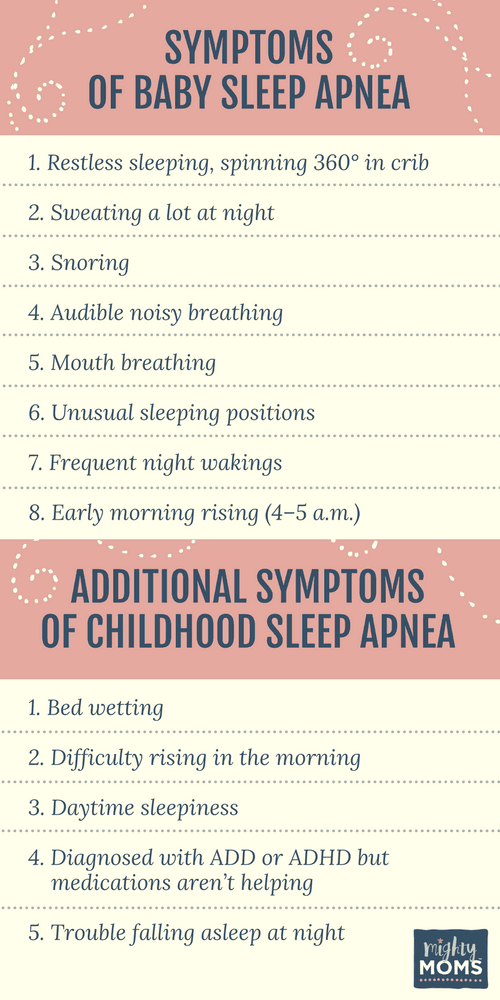
“Pink Flags” of Sleep Apnea in Children
to Talk with Your Doc
There are a few medical conditions that sometimes like to “pair up” with sleep apnea in children. If your baby or child has any of these, and also some of the symptoms above, you should give your pediatrician, an ENT, or a pediatric sleep specialist a call.
I named them “pink flags” because they’re not a slam dunk for OSA. They’re more like up a layup assisting the slam dunk.
- Asthma that isn’t being well-controlled
- Recurrent ear infections—Large adenoids can prevent the ear canal from draining properly, leading to infections
- Recurrent tonsillitis
- Acid Reflux—The reflux can inflame the tonsils and adenoids and make them swell
- Chronic illness—“My kid is always sick!”
- Failure to Thrive—We secrete growth hormones when we sleep. No sleep means there are fewer growth hormones to trigger development.
How to Treat Sleep Apnea in Children
Once you’ve shared your concerns with your pediatrician and he’s asked about these symptoms, he’ll need to look at your child’s tonsils and adenoids.
Tonsils are a piece of cake. Open wide….there they are.
Adenoids, though. Those are a bit tougher. To get a good shot of those, he’s going to either need to do an X-ray, or use a special telescope to look down the nose.
Honestly, though the only sure-fire way to identify sleep apnea in children is to conduct a sleep study at a Pediatric Sleep Center.
Treating Sleep Apnea in Children at a Sleep Center
Firstly, let me make an important distinction. There is a huge difference between Pediatric (for kids) Sleep Centers and an Adult Sleep Centers. The evaluation process is very different for kids, and the results have to be interpreted developmentally, in different ways. So always choose a Pediatric Sleep Center for your child’s assessment.
Okay, so how does a sleep center assessment work? Brace yourself. It’s complicated.
- Bring your child, dressed in his train pajamas to the Sleep Center at around 6:3pm. (You can also wear your train pajamas, if you want.)
- The worker will cover your baby with harmless little stickers.
- Go through your nightly routine and read a few bedtime books.
- Lay down (together if it helps) and let your child fall asleep.
That’s it.
No needles. No tubes. Just some harmless stickers. (And what kid doesn’t love stickers?)
The next morning you go home, and in a few days the Pediatrician calls you with the results. Once baby sleep apnea or childhood sleep apnea is diagnosed, the primary treatment is to remove the tonsils and adenoids that are obstructing the breathing.
If your health insurance refuses to cover a sleep study, or if you’re struggling getting a doctor’s referral, Dr. Kaas recommends going straight to an ENT to discuss getting the tonsils and adenoids removed without the sleep study diagnosis.
Waiting for a diagnosis? Sleep specialist Dr. Lewis Kaas recommends getting an air purifier for the nursery. It will remove any air allergens that can cause swelling in the tonsils and adenoids and make sleep apnea in children worse.
Treating Sleep Apnea Helps,
but Doesn’t Cure Sleeping Problems
My Elena was a mouth-breathing, snoring, restless sleeper. Knowing what I know now, I’m glad we got her tonsils and adenoids removed. She was five at the time. After the surgery, I noticed she seemed to be more rested in the morning, and much of the “Fuss Fits” we were struggling with started to go away. (It’s hard to have self-control when you’re so tired all the time!)
If she hadn’t already had a good foundation of sleeping habits already, I’m not sure I would have noticed such a huge difference in her sleeping afterwards.
If your child doesn’t know how to put himself back to sleep on his own, you may not notice a big change after the apnea is taken care of.
Why?
Because sleeping is like hopscotch.
We jump around in the different stages of sleep (cycle? whatever! It’s chaos!), and every time our brain decides to go to another stage of sleep (whether that’s forwards toward REM dream sleep, or backwards towards a lighter true sleep), we partially wake up.
We roll over. Or we steal the blanket from our spouse. Or we pick up the pillow that fell to the ground and go the bathroom. Then we climb back into bed and fall asleep. “Falling to sleep” is a brain skill that we’ve learned.
If your child relies on you to help him fall asleep, then he will continue to need you to help him fall asleep even after the sleep apnea is fixed. He’ll still need that crutch through each partial awakening period.
The good news is there is no sleeping crutch that cannot be re-wired. 🙂 We can gently start to help our babies and children get the good brain-rest they need to release the growth hormones their body is waiting for.
If you’re struggling with this process of sleep coaching, we’d love to walk you through the whole process from Ahhh to Zzzzz! Sometimes it’s just helpful to talk through your child’s sleeping struggles with an expert and make a plan together. That’s what we do. We ask a bunch of questions, talk through a bunch of suggestions (including getting your baby evaluated by the doctor) and then iron out a plan to help everyone sleep better.
Overcoming Sleep Apnea in Children
Sleep apnea in children is extremely treatable! Unlike adult sleep apnea, it has nothing to do with your child’s weight and your child won’t need to experience trying to sleep in a PAP machine. Give your doctor a call and ask him to look over your tot carefully. Then you’ll know if there are physical changes that need to happen.
And if your baby or child doesn’t have sleep apnea? That just means you have some behavioral sleep coaching to work on, and, being a Certified Gentle Sleep Coach, that’s what we do.
See? There’s hope!
Have You Read These Yet?
We ♥ honesty! This post contains affiliate links that provide extra money for our mutual coffee habits addictions. Click here to learn more. As an Amazon Associate I earn from qualifying purchases.
We Love Citations
The information above was learned in the process of acquiring my Gentle Sleep Coach Certification, I took a class on medical sleep disturbances by Dr. Lewis Kass, MD, FAAP, Board Certified Pediatric Pulmonologist & Sleep Medicine Specialists. These are from the notes he presented in class. 🙂
